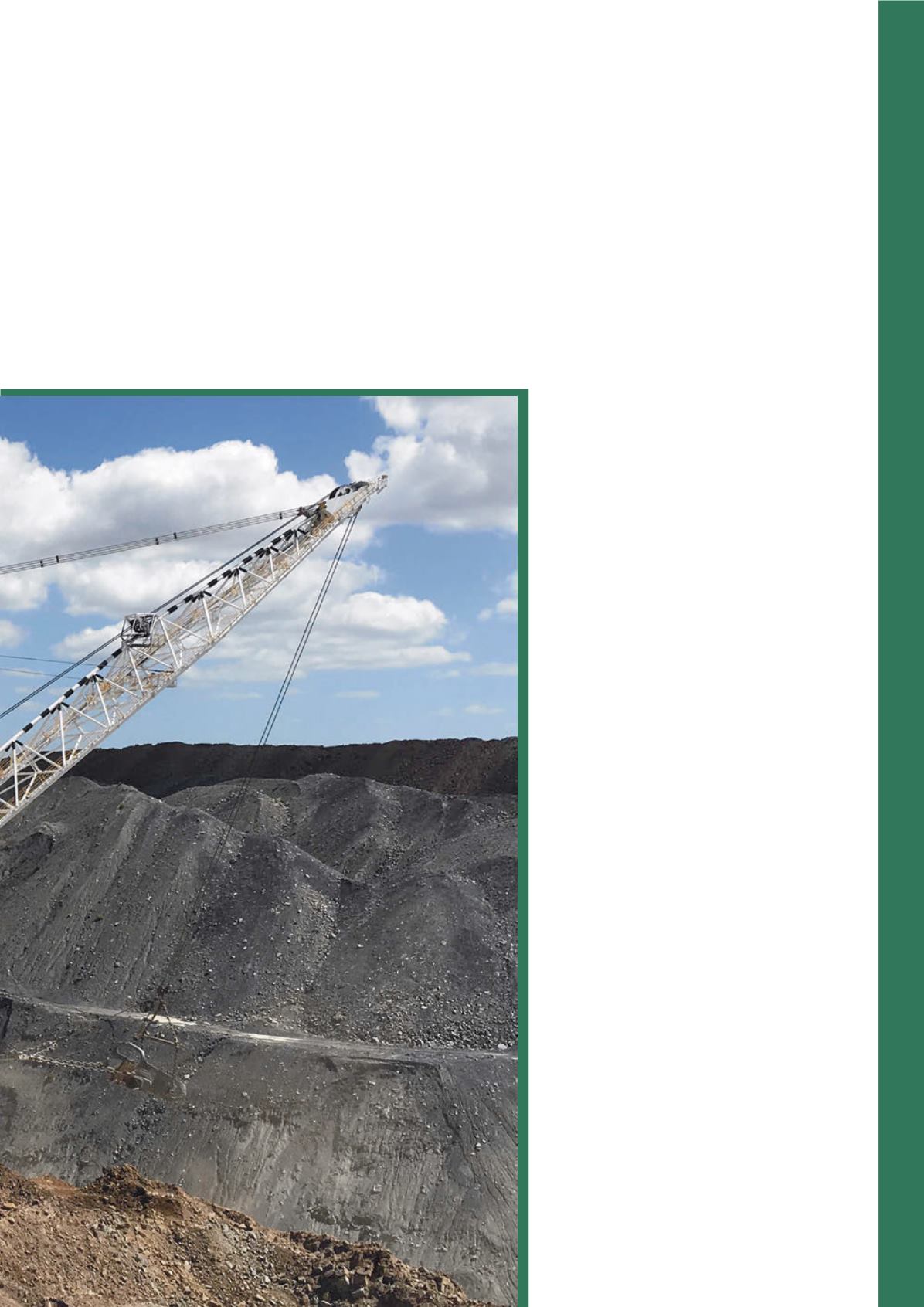
June 2016
|
World Coal
|
17
A
price rally in early 2016 has given Australia’s coal industry a
much-needed boost after a wave of bad headlines over asset
sales, job cuts and mine closures. While no one is celebrating
yet, a belief that the worst may be over has sparked a revival
in deal making, amid signs that the major miners’ divestments have
opened up opportunities for smaller players.
China’s moves to stimulate production helped drive metallurgical
coal prices 27% higher by the end of April compared to the start of the
year, relieving the pressure on Australian coal producers and
revenue-hungry governments.
According to Vivek Dhar, Commodity Analyst at CBA, the rebound
in China’s “old economy” industrial sectors should further support
seaborne prices in 2016. Dhar expects premium metallurgical coal prices
to average US$87.50/t (FOB Australia) in 2H16, “alleviating financial
pressures for a number of coking coal
producers.”
Meanwhile, the modest decline in the price
accepted by Australian thermal coal exporters
with their Japanese buyers in the annual
negotiations was also viewed as positive for the
sector. April’s settlement of US$61.60/t was down
only 9.1% on the previous year’s price, a result
Macquarie Wealth Management analysts
described as “staggering”.
“This is obviously a massive coup for Glencore
and other producers selling on [Japanese financial
year] terms,” Macquarie said, having predicted an
even more modest US$58/t settlement price. The
price agreed between Glencore and Japan’s Tohoku
Electric Power was about US$10.80/t higher than
the spot price, making it the largest premium to the
spot price in some 15 yrs.
Although a long way from the peak prices of
US$300/t for metallurgical coal and US$120/t for
thermal coal set during the China boom, the
revival has sparked predictions that the worst
may be over for the beleaguered sector.
In a 11 March report, ANZ Research said
commodity markets “are showing signs that the
worst may be over. Slightly better fundamentals
have seen investors reduce the probability of
downside risks, which has elicited a wave of
short covering. Sentiment has also picked up,
with a glass half full approach being taken to
weaker than expected economic data.”
BBS Capital Markets Coal Analyst Mark Levin
agreed, citing the “significant” amount of Chinese
coal expected to leave the market. In a bid to curb
overcapacity, Beijing said it would cut around
500 million t of coal production over the next three
to five years, close more than 5000 mines and
relocate around a million workers, as well as
suspending development of any new coal mines
for the next three years.
Michael Ryan, Director at coal infrastructure
consultancy BalanceAdvisory, said the turnaround
in sentiment had been noticeable. “M&Aactivity has
increased significantly since earlier this year,
particularly the number of parties who are looking at
various coal assets. We’ve seen a lot of private equity
interest from bothAsia and NorthAmerica,” he said.
“When do you call the bottom? I guess it’s
when you see a real increase in prices, and it’s got
to be sustainable. But certainly the price rise will
encourage M&A transactions to be completed
sooner rather than later, and obviously if the
Australian dollar stays low, you’ll see an uptick in
activity across the board.”
Industry shakeout
Moves by major miners such as Anglo American,
Peabody Energy, Rio Tinto and Vale to sell


